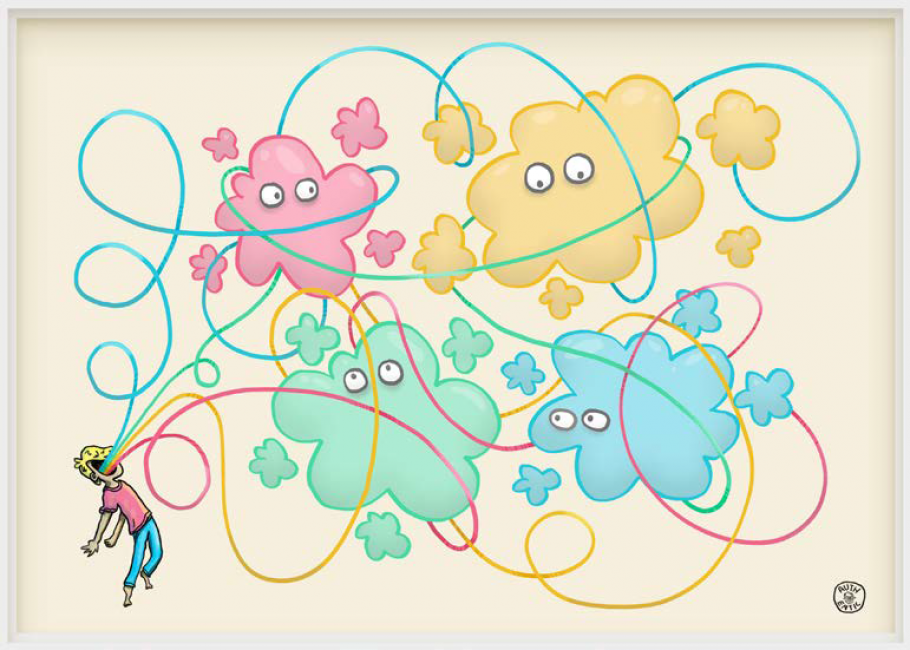IT’S THE STORIES BEING TOLD THAT WILL HOLD UP THE STRONGEST OVER TIME
“In the end, it’s the stories being told that will endure, and that comes from the human aspect of the work.”
Bryan Brinkman started creating content in high school in Omaha, Nebraska, for websites like New Grounds (long before YouTube). After graduating from the University of the Arts in Philadelphia, he moved to New York. While simultaneously designing concert posters, producing music videos, and exhibiting his work, Bryan worked in the fashion industry, on animated TV series, MTV shows, and The Tonight Show with Jimmy Fallon.
It was a Saturday Night Live sketch about NFTs that made Bryan realize the tokens were “breaching into the real world” and were not just a “weird echo chamber on Discord.” He stepped away from simply executing writers’ content and moved into the NFT space full-time. When he saw artist Killer Acid on SuperRare, he sent in a video application to join the marketplace. His first mint was in February 2020, and the rest, as they say, is history.
Bryan “threw my past work out of the window and started afresh” when he entered the NFT space. His decision to use only a specific set of colors has allowed him to work in various forms and change his style as much as he wants, while maintaining artistic cohesion. The symbols developed in his work act as a visual diary of his experiences in the metaverse.
Bryan is a prolific creator and can be found on SuperRare, NiftyGateway, ArtBlocks, Rarible, and more – see Linktree and bryanbrinkman.com. His work has been shown and auctioned through Sotheby’s and Christie’s, and he has exhibited at SuperRare Gallery, NFTNYC, SCOPT at Art Basel, and SXSW.
His advice to new artists coming into the NFT space is not to give up. “It takes 6 – 12 months for people to trust you and to know that because you’re in it for the long haul, you’re a safe investment.”
And Bryan’s outlook on the future of this crazy, creative space? “AI will get really good, but I’ve always looked at it as a tool. I never feel completely comfortable selling direct outputs, and believe works must be identified as AI by the artist. We may also see a dilution of code in generative art because anything that’s popular gets replicated by other artists. In the end, it’s the stories being told that will endure, and that comes from the human aspect of the work.”



